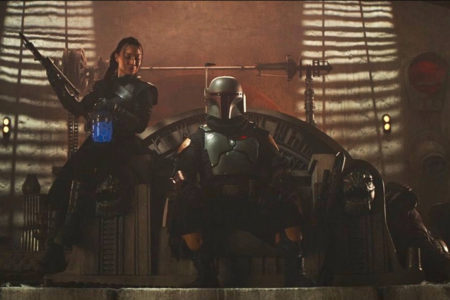
1. Alas, Boba, We Hardly Knew Ye!
The mystique of Boba Fett has been lost.
Twenty years ago. This May.
The week of May 16, 2002 to be more precise, the initial release date of Star Wars, Episode II: Attack of the Clones.
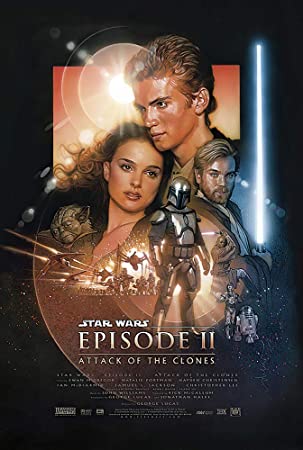
That was when I saw on my local multiplex screen a kid answer the door, regard the stranger on the other side, and say, “Dad…”
After over two decades of mystery, the face of the most famous bounty hunter in world cinema was revealed, and it was the face of a child.
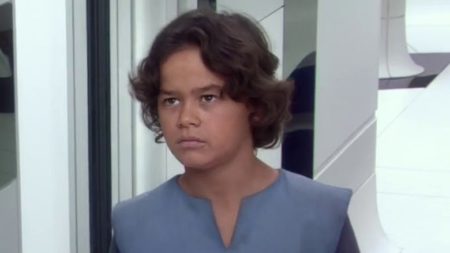
The Beav in outer space, calling for Ward.
Nor did it help that he was going to grow into the imposing features of “Dad” Jango Fett (Temuera Morrison, who now plays his adult son). Cloning-schmoning — Jango wasn’t Boba.
For all the grief George Lucas got for how he depicted that future Terror of the Galaxy Darth Vader as a kid (“Yipee!”) in The Phantom Menace, it’s odd that I never heard any outcry back then on the behalf of Boba Fett three years later.
He had only had a few minutes combined in the previous trilogy movies. But as Anthony Hopkins showed in Silence of the Lambs and Christopher Lee in Horror of Dracula, a small amount of screen time doesn’t matter if you have presence.
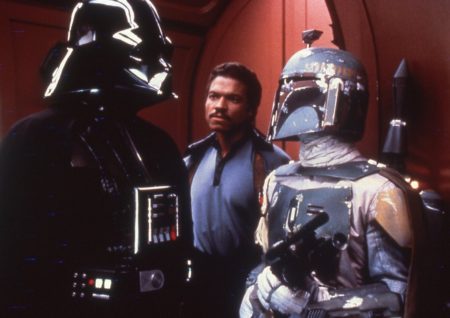
With his Dirty Harry-through-a-robotic-modulated voice and the coolest costume in the universe besides Star Wars archenemy Darth Vader himself, Boba Fett had presence.
And, as the fan press informed us back in 1980, that outfit was – yes, believe it or not – a Clone Wars soldier’s uniform!
I do not know if I can convey, to a generation grown up immersed in Star Wars stories in various and sundry media, how much first-generation fans were hungry for information between 1977-1980. Who from back then remembers first seeing this?
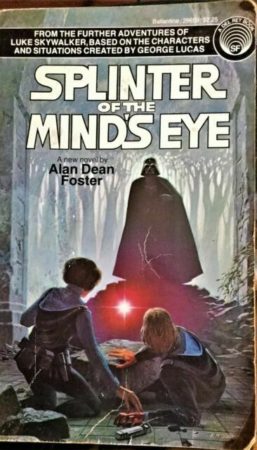
So much was unknown then. Tantalizingly so. And when Boba appeared, the Clone Wars connection added to his mystique. Then, Vader’s comment: “No disintegrations this time. I want him alive.”
Forget that disintegration makes no sense for a bounty hunter who, presumably, has to show proof of capture, dead or alive. Vader’s line told us Boba Fett was kill first, ask questions later.
Not that we ever see him do that. But, in those days, it was easy to believe we were just seeing the tip of the iceberg of the new, exciting “bad ass” of Star Wars.
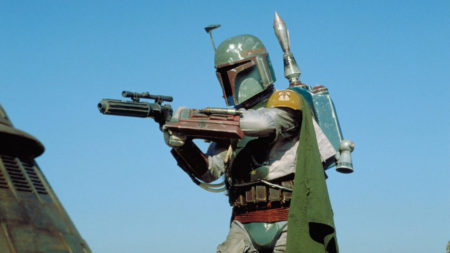
Beyond us first generation fans, Boba Fett has continued to give the same exciting impression to those whose first exposure to Star Wars has been the original episodes in proper viewing order.
So much so that over forty years, a prequel-movie origin, and a handful of The Clone Wars TV episodes later, Boba’s reputation has continued to rest on his brief appearances in Empire, and the few seconds of him in action before that anticlimactic misfire in Return of the Jedi.
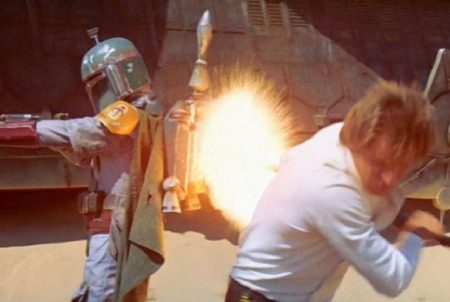
Continuing to focus on that tantalizing tip and ignore the iceberg has gone a long way toward sinking The Book of Boba Fett with fandom. Fett fans tend to hold onto that first impression Empire gave us to dream on and ignore the unfolding text since.
The problem with the idea of Boba Fett as the ultimate bad ass bounty hunter is that it has always been our idea, not George Lucas’, who, of course, created the character (with his iconic armor designed by Joe Johnston and Ralph McQuarrie).
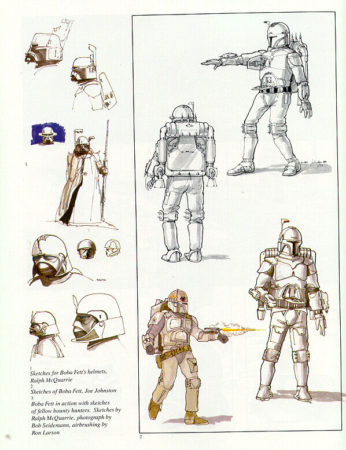
There is no indication in his first two appearances that Lucas ever considered Boba Fett as anything other than a plot complication.
Outside of the movies, Lucas is on record expressing indifference toward the character.
On the 2004 Return of the Jedi: Special Edition DVD commentary, Lucas said, “Boba Fett was just another one of the minions, another one of the bounty hunters and bad guys.”
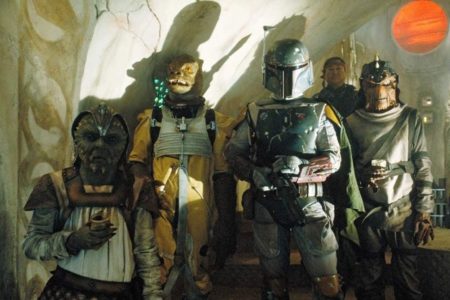
In his biography Skywalking, Lucas is quoted as saying on MTV that he was “mystified” regarding Boba Fett’s popularity. That the character received any subsequent development by Lucas at all was fan service.
With all of the above in mind, I want to argue that, while the sequel trilogy disappoints fan expectations by betraying beloved characters as they exist in canon, The Book of Boba Fett disappoints fan expectations by being true to a beloved character as he exists in canon.
A word on Star Wars canon.
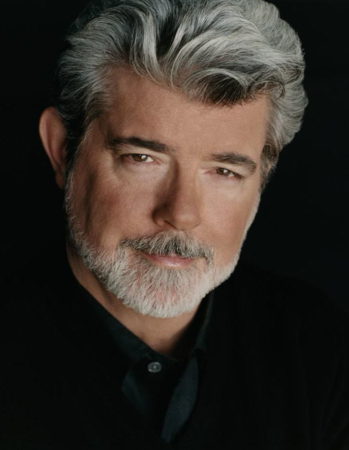
Lucas once said something like the movies are gospel and everything else is gossip.
Therefore, I am only including as canon the six Star Wars movies Lucas made, the Clone Wars episodes which he produced with his heir apparent, Dave Filoni, and anything Disney+ that is part of the latter and his collaborator John Favreau’s “Filoniverse.”
If you can accept that, I invite you to consider The Book of Boba Fett, despite its flaws in execution (largely narrative structure and editing, in my opinion), as a consistent development of the character from childhood to middle-aged man.
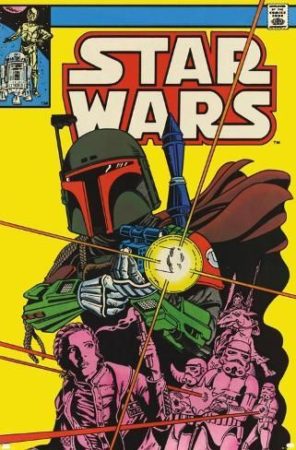
Let’s reopen the book now and reread it in chronological order (I’ve even given it that nifty Gene Day cover above).
We will discover a tale that is perfectly in keeping with the Star Wars’ saga’s overarching epic about family, particularly fathers and sons.
It’s a story I like to call:
2. You Can’t Put a Price on Family: A Bounty’s Hunter’s Dilemma
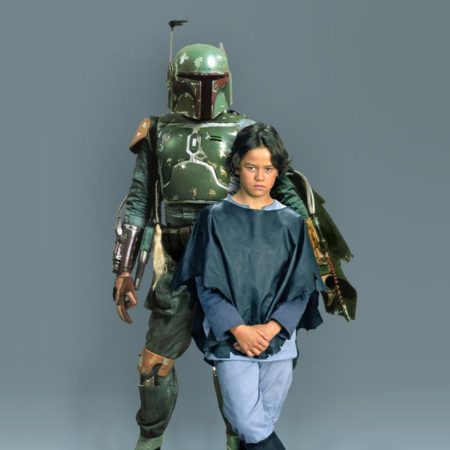
We meet Boba as a kid. Before that, we are told that Jango Fett, the bounty hunter who donated his genetic material for building the clone army, requested an unmodified clone to be his son.
So, from the start, Boba’s story is about an outsider wanting to make a family, create his own “tribe” if you will.
Boba is ferociously loyal to his father, already “having his back” when Obi-Wan comes to the door. Later, he gleefully throws in as Jango battles / escapes Obi-Wan with Boba.
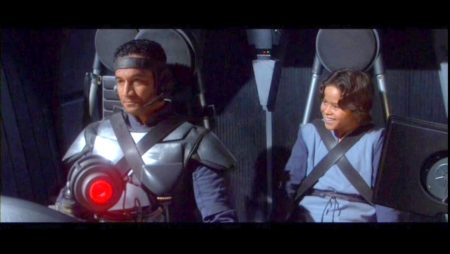
The absolute bond and devotion of father and son are without question here. Despite the unstable situation of his family life, Boba is secure in Jango’s love.
All kids tend to think their parents are invincible. Boba has every reason to believe this of Jango. Then, he witnesses the unthinkable. Our last view of Boba before the animated The Clone Wars TV series is the kneeling child holding his father’s empty helmet.
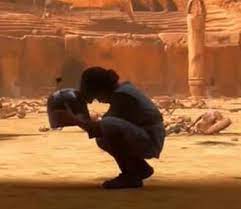
Clearly, Lucas wanted his loss to be felt. Here, twenty years ago, the motivation his time with the Tuskan Raiders will awaken in The Book of Boba Fett is established.
Young Boba next appears in The Clone Wars’ second season trilogy of episodes: “Death Trap,” “R2 Come Home,” and “Lethal Track.”
When he is called a clone in “Death Trap,” he bristles. He was someone’s son! It’s worth noting a denial of Jango’s paternity can still anger him as an adult in The Mandalorian when someone calls Jango his “donor.”
In this trilogy, young Boba has joined a bounty hunter band in his quest for revenge on Mace Windu for killing his father.
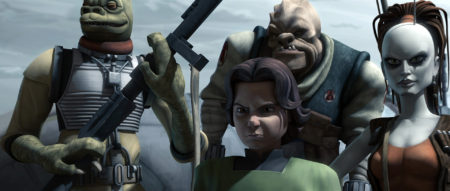
He clearly longs to find his tribe among this group of killers. Most of all, he believes he has found a new parental relationship with the band’s leader, Aurra Sing. His trust is misplaced, and in the end, she abandons a disbelieving Boba.
Jango, he knows, would have never left him.
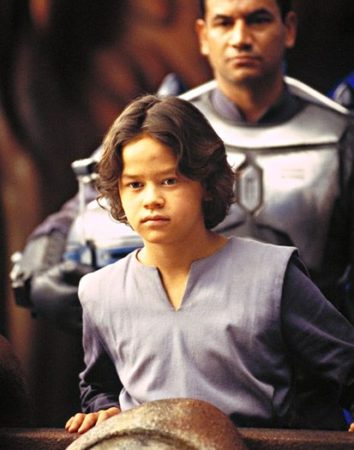
When Boba appears again in The Clone Wars’ stories “Deception” and “Bounty,” he is no longer a kid but a teenager. At this point he is either still serving the sentence received at the end of his previous appearances, or has been in and out of prison.
By “Deception,” he has formed a bond with the reptilian Bossk, a former fellow member of Aurra Sing’s group. But the relationship seems very “playground” buddy.
In this, and in “Bounty,” Bossk is clearly the follower in the relationship. Apparently, the betrayal by Aurra Sing ended any attempts to bond with a parent figure. Now, Boba will control any attachments.
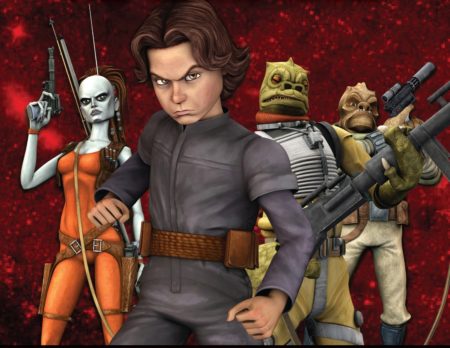
In “Bounty,” he has become the head of his own gang who all defer to him despite his young age. As mentioned, Bossk is among them. However, I do not think I am overstating things to say if your best friend is a lizard, you’re eventually going to need to find somebody more relatable.
In “Bounty,” the encased cargo he is delivering is revealed to hold a young alien woman. Immediately, Boba melts. Her predicament immediately takes him back to his own moment of being left alone in a hostile environment.
She is delicate and vulnerable. For a moment, he, too, becomes vulnerable with her.
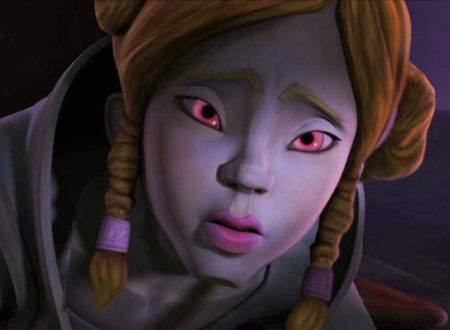
He reaches out to comfort her – and she slaps her captor.
Immature, fragile himself, Boba retreats behind his anger. Then, the caper ends in his humiliation. Perhaps he lost his band’s respect and was unable to continue leading them. Note that he and former best bud Bossk act as solo agents (no pun intended) in the bounty hunter line up in Empire.
Then, Boba’s solo career suddenly comes to an end in Return of the Jedi. While he eventually emgerged from the Sarlacc pit, he left his bounty-hunting days behind in it.
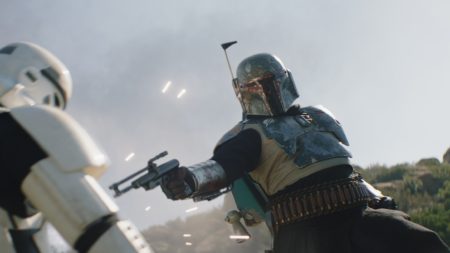
3. The Empire(‘s Boba Fett) Strikes Back!
When Boba Fett returned in full force in season two of The Mandalorian, the forty-year-old promise of the character as first seen in The Empire Strikes Back was at last fulfilled.
He first appears robed and hooded, a large primitive weapon strapped to his back. We witness him wield it with precision, stealth, and no quarter given upon some unfortunate stormtroopers. Boba is once again a mysterious and dangerous figure.
And then, he makes his return entrance in Mandalorian armor once more – and proceeds to blow two Imperial battlecruisers out of the sky with one shot! Dang!
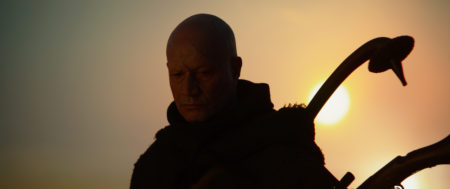
This is the Boba Fett we, his fans, have been waiting our whole lives to see!
So, why the disconnect between this depiction of the character here and that inThe Book of Boba Fett?
Well, there isn’t.
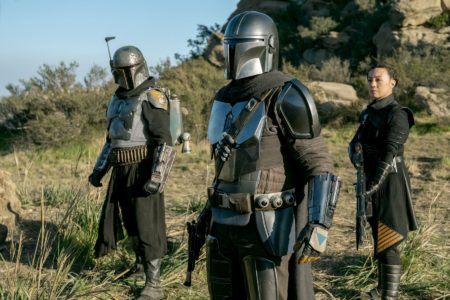
In the latter, Boba has been criticized for being too “nice.” But that same behavior is present in The Mandalorian. He tells Mando he has no desire for needless bloodshed, levels the playing field, and begins negotiations for a mutually favorable outcome. That is exactly his modus operandi in The Book of Boba Fett.
Yeah, he has his righthand woman Fenecc put Baby Yoda in the crosshairs, but that is obviously meant only to get the upperhand on Mando — unless your definition of “bad ass bounty hunter” includes murdering an innocent child.
Also, remember this altercation chronologically follows events seen later in The Book of Boba Fett, including his escaping the Sarlacc pit…his rebirth.
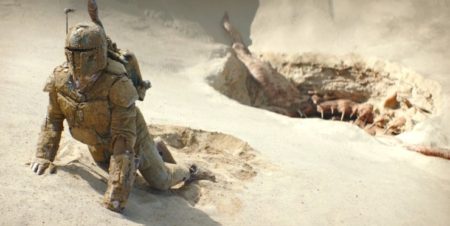
Think about it: the ordeal has left him utterly helpless. He is then stripped down by his captors, the Tusken Raiders, and completely loses his autonomy. He is very much reduced to baby status (right down to the bald head).
Once more, he is like the child he was with Jango, though the desert people are decidedly less than paternal.
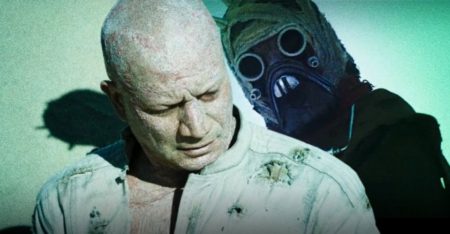
As he did as a child in Aurra Sing’s bounty hunter band, he again needs, if for more dire reasons, to be accepted and respected as an equal by the Sand People. And this time, he is.
The lonely detour from his journey back to what he lost with his father is over. For the first time since Jango, he belongs.
As Boba says to Fencecc, “The Tuskens took me in. Made me part of their tribe. I was ready to leave hunting behind.”
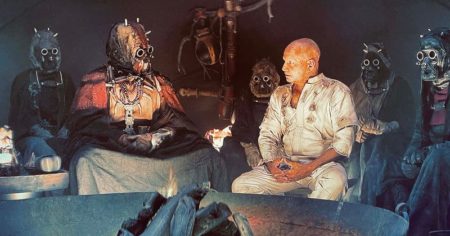 Losing his Tusken tribe to slaughter is not enough to cause the man Boba Fett to lose the desire for family as he did as the boy. So what do we make of his dialogue spoken to Mando after the above: “I give my allegiance to no one.”
Losing his Tusken tribe to slaughter is not enough to cause the man Boba Fett to lose the desire for family as he did as the boy. So what do we make of his dialogue spoken to Mando after the above: “I give my allegiance to no one.”
Note that these words are immediately followed by “That armor was my father’s. Now it’s mine.”
He is responding to Mando’s asking if he has taken the Mandalorian creed. A creed is a set of beliefs and goals that people bind themselves to — the code, not the others who take it. What Boba wants is community bonding.
As he has already told Fenecc when he invited her to join him, he offers her “Loyalty. I pledge…my life to protect yours. You can only get so far without a tribe (emphasis added).”
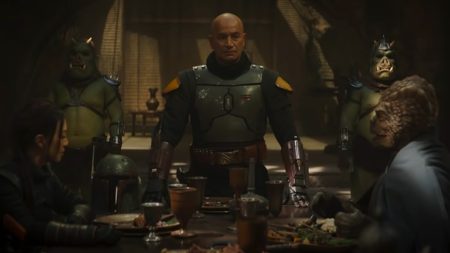
Despite the practical advantages of no longer being a hired hand, his history reveals a more personal motivation. The bonds he emphasizes, owing a debt, loyalty to the clan, “the family” …this is classic Godfather, mob stuff (at least in the movies). And he intends to become the Don.
The Book of Boba Fett, then, is a logical destination for the eponymous character to arrive at in his particular journey over four movies, The Clone Wars, and The Mandalorian.
I, too, was one of the fans who wanted him to be Din Djarin, who initially saw The Mandalorian as a Boba substitute. The truth is, Boba Fett is not the Mandalorian.
He never was.
But he is a solid and engaging character on his own terms, an unique star in that galaxy far away.
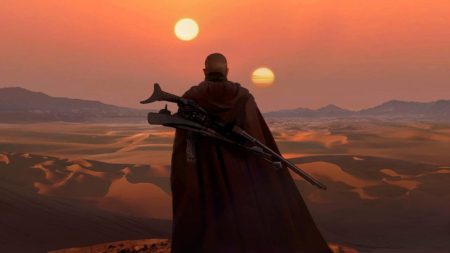
(All original content of this page c. 2022 by Micah S. Harris)